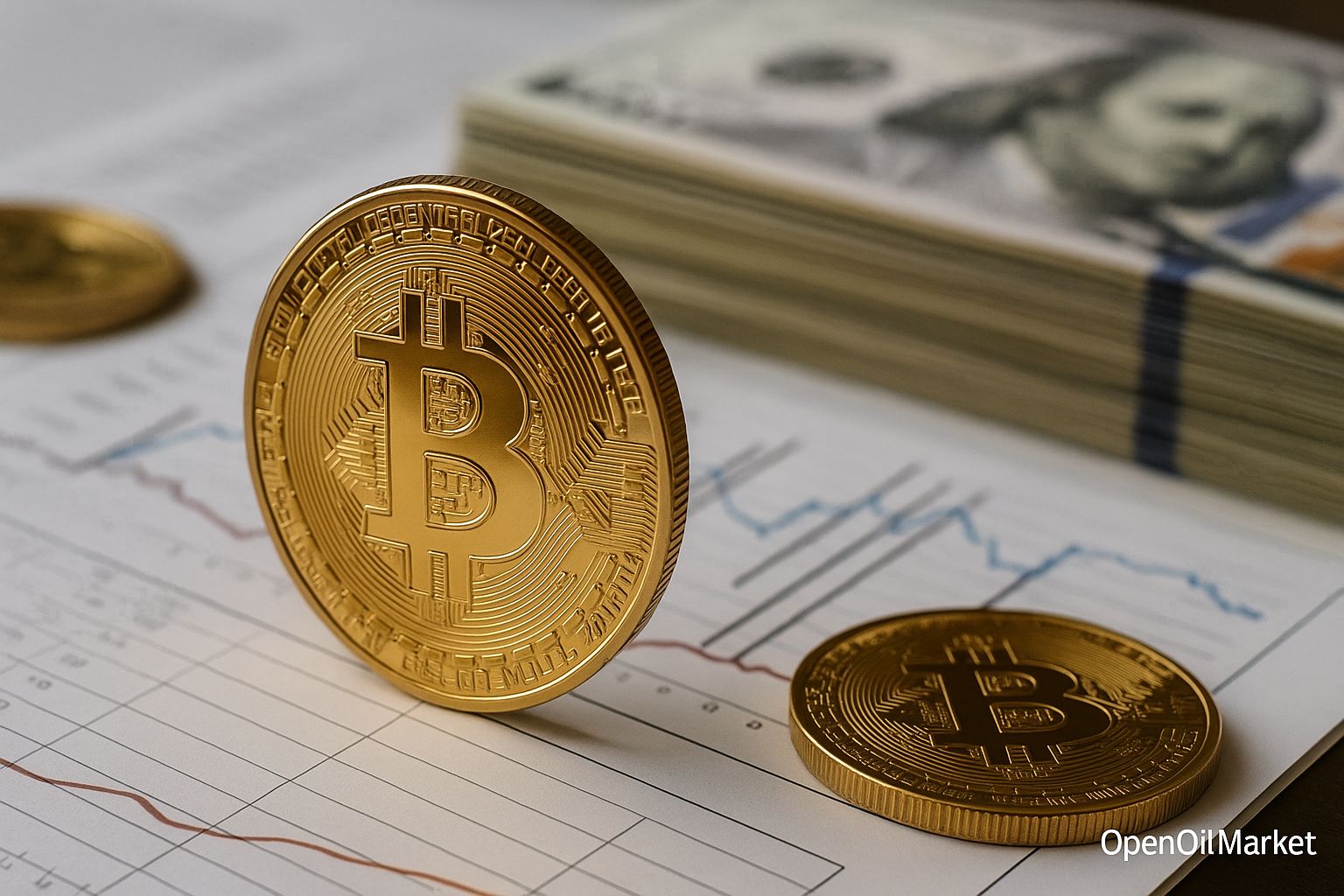Countercyclical Capital Buffer: What It Means for Investors?
Recent data from Rosstat and the Ministry of Economic Development of Russia indicate a slowdown in inflation within the country. Annual inflation from October 28 to November 5, 2024, has decreased to 8.39% (according to Rosstat), while data from the Ministry of Economic Development for the same period reflects a decline to 8.53%. Since the beginning of the year, inflation has reached 6.75%. The question for Russian investors is how this may impact investment strategies and what opportunities the current economic situation presents.
What is the Countercyclical Capital Buffer?
The Countercyclical Capital Buffer is an additional reserve that banks are required to hold during periods of excessive credit growth and high systemic risk. The primary purpose of this buffer is to accumulate a capital cushion that will help banks manage potential crises and shocks in the financial market. In the event of deteriorating economic conditions, banks can utilize this buffer to cover losses and maintain normal operations.
The Central Bank of Russia has announced that the buffer will be set at 0.25% of risk-weighted assets. This means that banks will be required to keep a portion of their funds in reserve, ensuring stability in their operations amid any macroeconomic changes.
Why is the Central Bank Introducing the Countercyclical Capital Buffer?
-
Rising Credit Risk. In recent years, Russian banks have demonstrated high activity in the lending sector, which has increased the risks of overheating. Elevated levels of credit issuance can lead to the emergence of problem loans, especially if economic conditions change.
-
Need for Capital Accumulation. The introduction of the countercyclical buffer allows banks to gradually accumulate additional capital, improving their ability to withstand potential crises and reducing the likelihood of widespread defaults.
-
Crisis Prevention. The countercyclical buffer is a preventive measure that prepares the banking system in advance for possible external and internal shocks, such as economic fluctuations, a drop in oil prices, geopolitical events, and so on.
Comment from Sergey Tereshkin, Entrepreneur and Founder of Open Oil Market
“As an entrepreneur, I view this step by the Central Bank as an important message to businesses and investors that the financial system of Russia is developing in a more stable and well-considered manner. The introduction of the countercyclical capital buffer indicates that the state is prepared for potential economic challenges and aims to protect the banking system from crisis situations. Such a policy can be beneficial for us entrepreneurs, as stable banks are reliable partners for implementing long-term projects. While this may lead to a reduction in short-term bank revenues, on a business level, it creates a more predictable and stable environment for operations and future investments.”
How Will This Impact Investors?
-
Reduced Risk of Bank Investments. The introduction of the countercyclical capital buffer lowers the probability of crisis situations in the banking sector, which may make investments in bank stocks more resilient and less risky.
-
Change in Bank Stock Returns. With the accumulation of reserves, banks may reduce lending volumes or tighten borrower requirements, which can affect the growth rates of their profitability. Investors should consider that due to the additional reserves, short-term profits of banks might decline.
-
Opportunity for Bond Purchases. Since banks will direct part of their funds towards creating reserves, there may be an increase in the issuance of bonds to attract additional capital. This could create new opportunities for bond investors.
-
Portfolio Diversification. Investors considering the banking sector as part of their portfolio should be prepared for changes in the returns of bank stocks and bonds. The introduction of the countercyclical capital buffer may enhance the attractiveness of other sectors such as industrial companies, energy, and telecommunications.
The Central Bank of Russia's decision to introduce the countercyclical capital buffer is aimed at stabilizing the financial system and preventing risks associated with overheating in the credit market. For investors, this may mean lower risks when investing in the banking sector; however, changes in returns and temporary limits on the growth of bank profits may also occur. Investors are advised to reassess their strategies, considering the new conditions and to actively utilize diversification to minimize risks and take advantage of new market opportunities.
This is not an individual investment recommendation!




